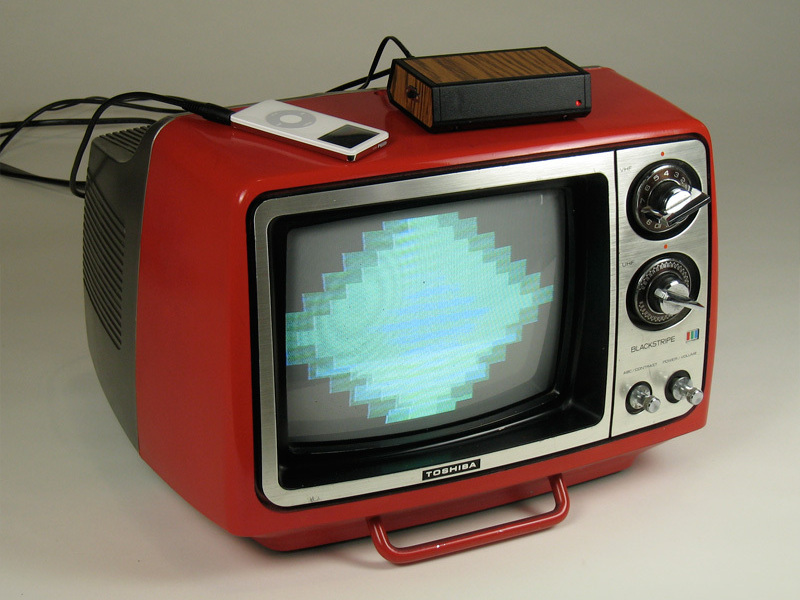In 1976, Atari introduced Atari Video Music, a plugged-in music visualizer designed by Pong creator Bob Brown that bridged the yawning gap between consumers’ stereos and their TV sets. The quirky, psychedelic pixelation device never caught on, but watching it in action today (check it out on YouTube), one is taken back to another time, long before iTunes and Winamp visualizers. It was a time when vinyl, denim, Foghat, mood rings, limited color palettes, and RadioShack’s business model all somehow made sense.
And while Foghat’s career may be a distant memory, interest in Atari’s long-gone device remains. So we introduce the Pixelmusic 3000, a weekend project that pays tribute to those groovy times, and to a product that was either too quirky or too revolutionary to make it past its first year’s production run.
Today, of course, the technologies that enabled Atari Video Music are much smaller, cheaper, and more accessible. We’ll use the Propeller microcontroller and its video libraries to create a simple AVM-like visualizer that feeds a TV from an iPod or other music player. Check out a video of it in action here.



